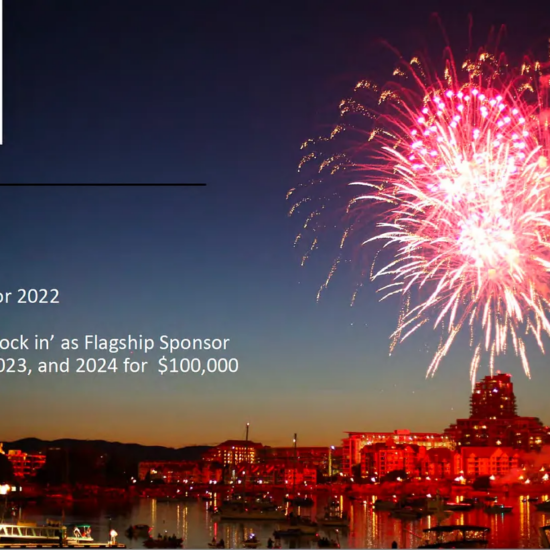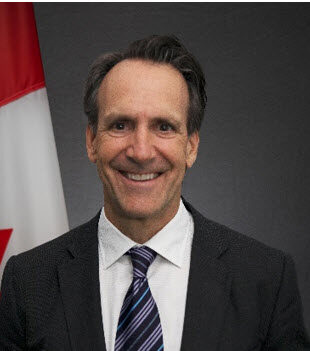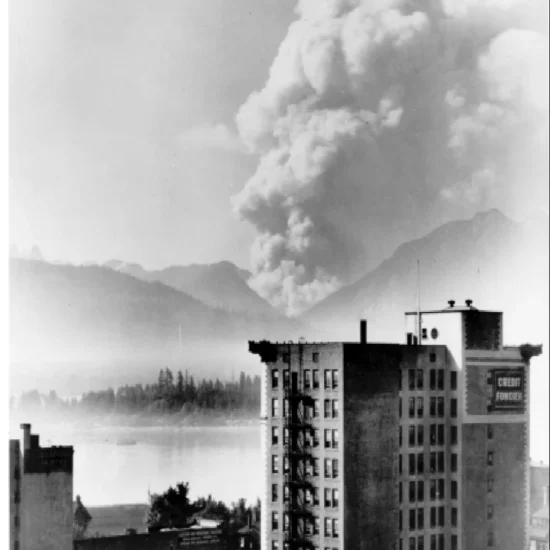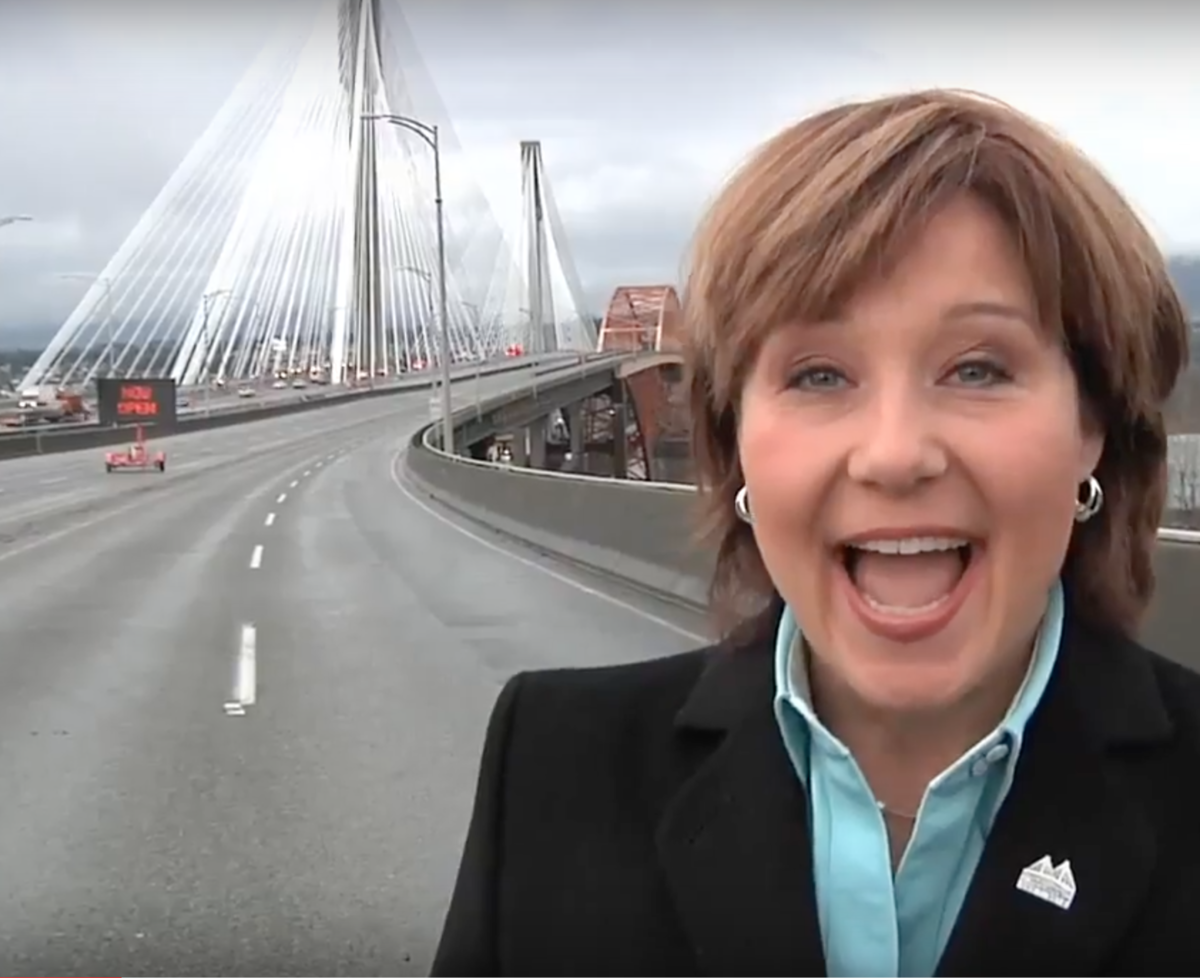
Bob Mackin
The BC Liberal government opened the Port Mann toll bridge in 2012 without the required safety audit — a contravention of the Ministry of Transportation and Infrastructure’s own guidelines.
That, according to the results of a Freedom of Information request filed by theBreaker before last Christmas while bridge crews grappled with a repeat of the 2012 ice bombs incident.
Based on the ministry’s April 2004 Road Safety Audit Guidelines, road safety audits are “required to be carried out” in accordance with Transportation Association of Canada road safety standards.
“A road safety audit is a formal and independent safety performance review of a road transportation project by an experienced team of safety specialists, addressing the safety for all road users,” says the 2004 policy manual.
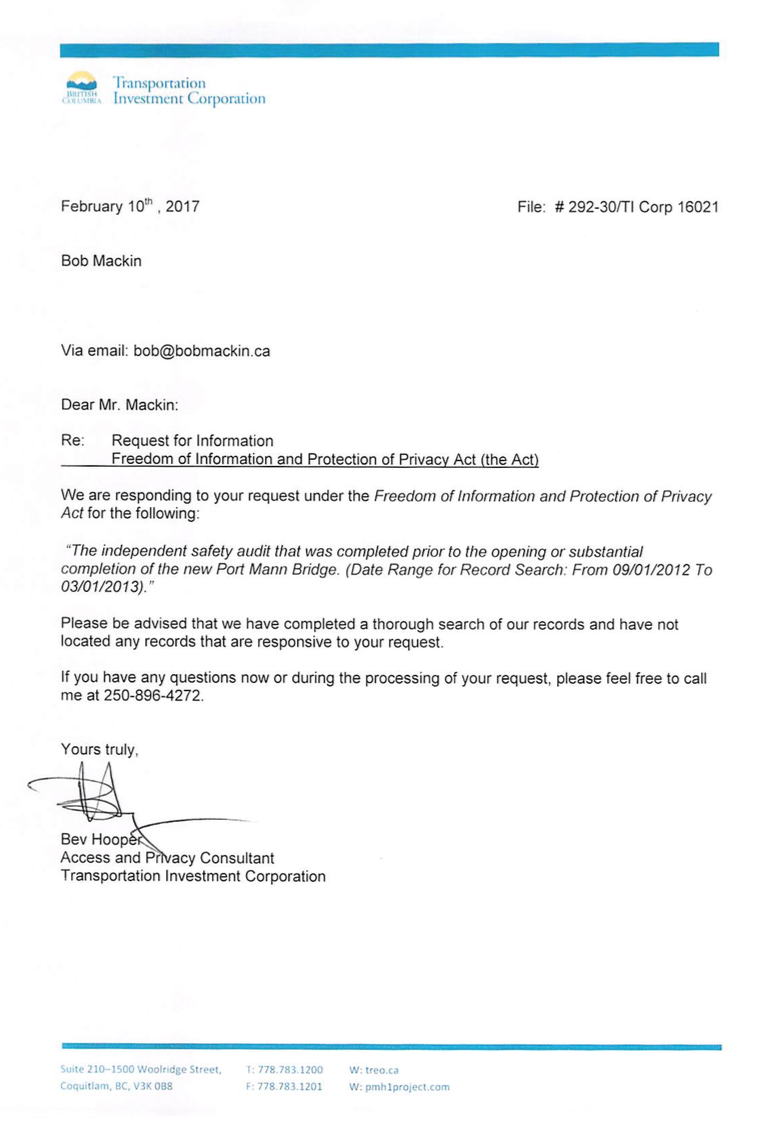
No Port Mann safety audit: FOI
A source familiar with major B.C. infrastructure projects — who declined to be named in print, for fear of retribution — contacted theBreaker and recommended an FOI request be filed regarding the $3.3 billion Port Mann/Highway 1 project for the independent safety audit that should have been completed prior to the bridge’s opening or its substantial completion.
The transportation ministry transferred theBreaker’s Dec. 15 FOI request to the Transportation Investment Corporation. A response finally came Feb. 10 from the Crown corporation.
“Please be advised that we have completed a thorough search of our records and have not located any records that are responsive to your request,” wrote Bev Hooper, TI Corp.’s access and privacy consultant on TI Corp. letterhead.
On Dec. 1, 2012, with an election looming in five months, Premier Christy Clark and then-transport minister Mary Polak opened the bridge. Less than three weeks later, on Dec. 19, 2012, ice and snow that had accumulated on the bridge cables crashed onto vehicles below during a storm. There were 350 damage claims filed by drivers, costing Insurance Corporation of B.C. $400,000. At least one injury lawsuit was filed, alleging the government was negligent.
Documents released in 2013 showed the project’s 2008 design and construction requirements included a clause that the “cables and structure be designed to avoid ice-build up from falling into traffic.” The cables were later retrofitted with devices to clear snow and ice, but those were not properly deployed during snowstorms early last December.
The Port Mann also opened in 2012 without a dedicated weather station. Before they installed a $100,000 setup, bridge operators were forced to rely on readings from far away ministry equipment in Horseshoe Bay and Abbotsford, as well as Vancouver International Airport.
The ministry’s 2004 road safety audit guidelines spell out four key reasons why a road safety audit must be conducted:
- minimize the frequency and severity of preventable collisions;
- consider the safety of all road users, including vulnerable road users;
- ensure that collision mitigation measures that may eliminate or reduce potential safety problems are considered fully;
- minimize potentially negative safety impacts both within and outside the project limits, i.e. to avoid introducing collisions elsewhere along the route or on the network.
The BC Liberal government designated TI Corp. as the agency in charge of building the $3.5 billion-plus, 10-lane toll bridge to replace the Massey Tunnel between Richmond and Delta. Late last year, Clark made Dan Doyle, her former chief of staff, the chair of the TI Corp. board.
Retired Deputy Transportation minister Doyle was in charge of construction for the Vancouver 2010 Winter Olympics before becoming chair of BC Hydro.
B.C. Transportation Ministry Guidelines on Road Safety Audits by BobMackin on Scribd






